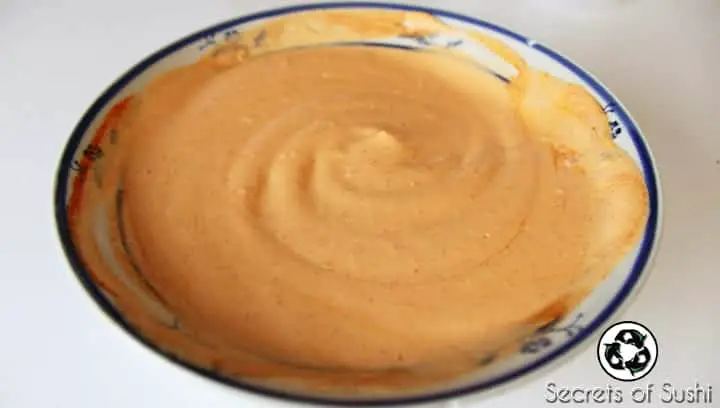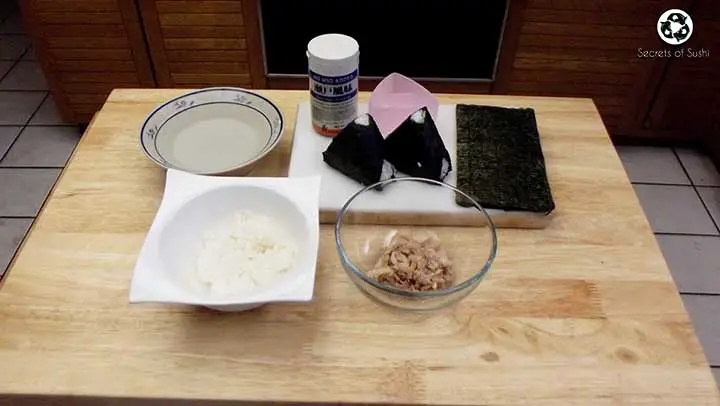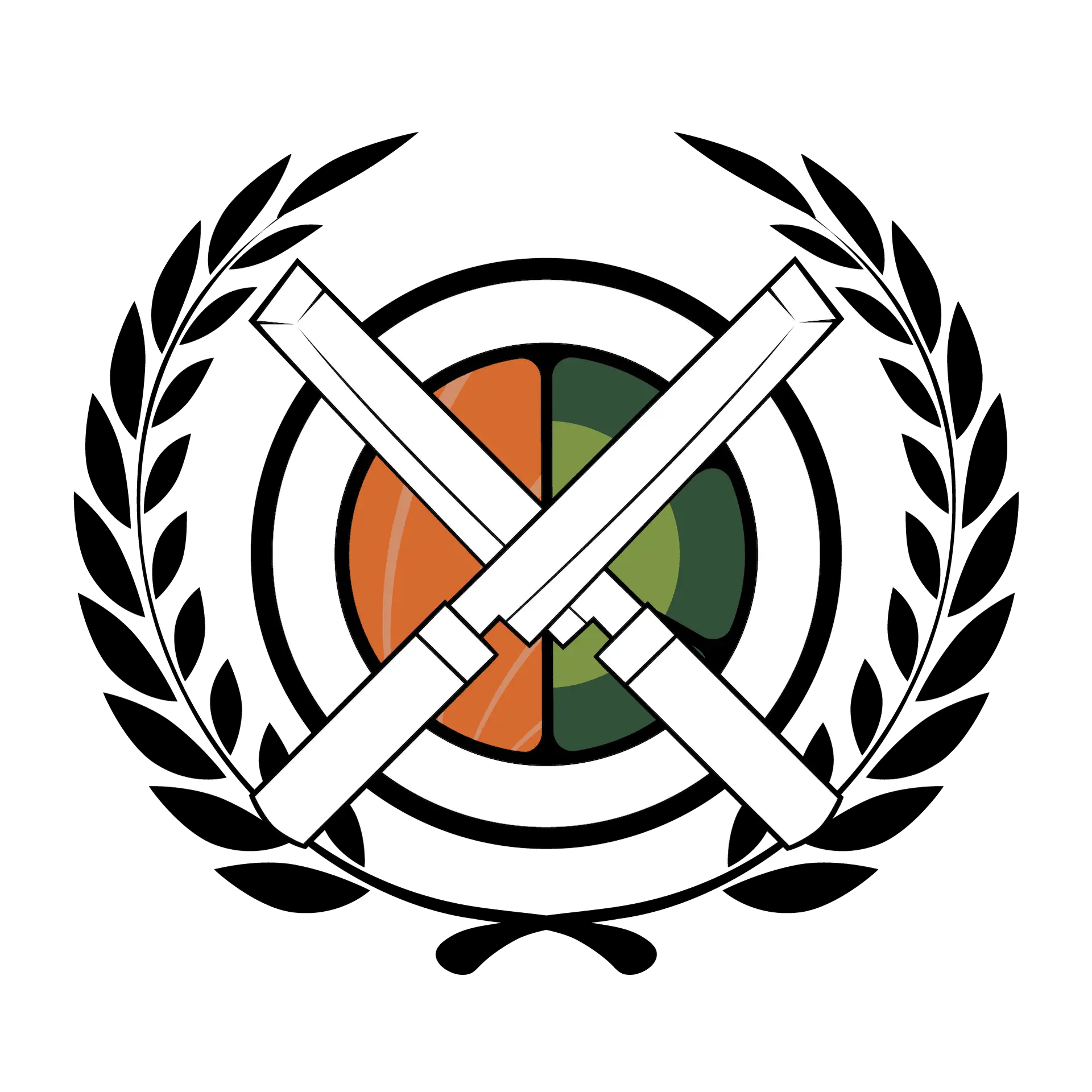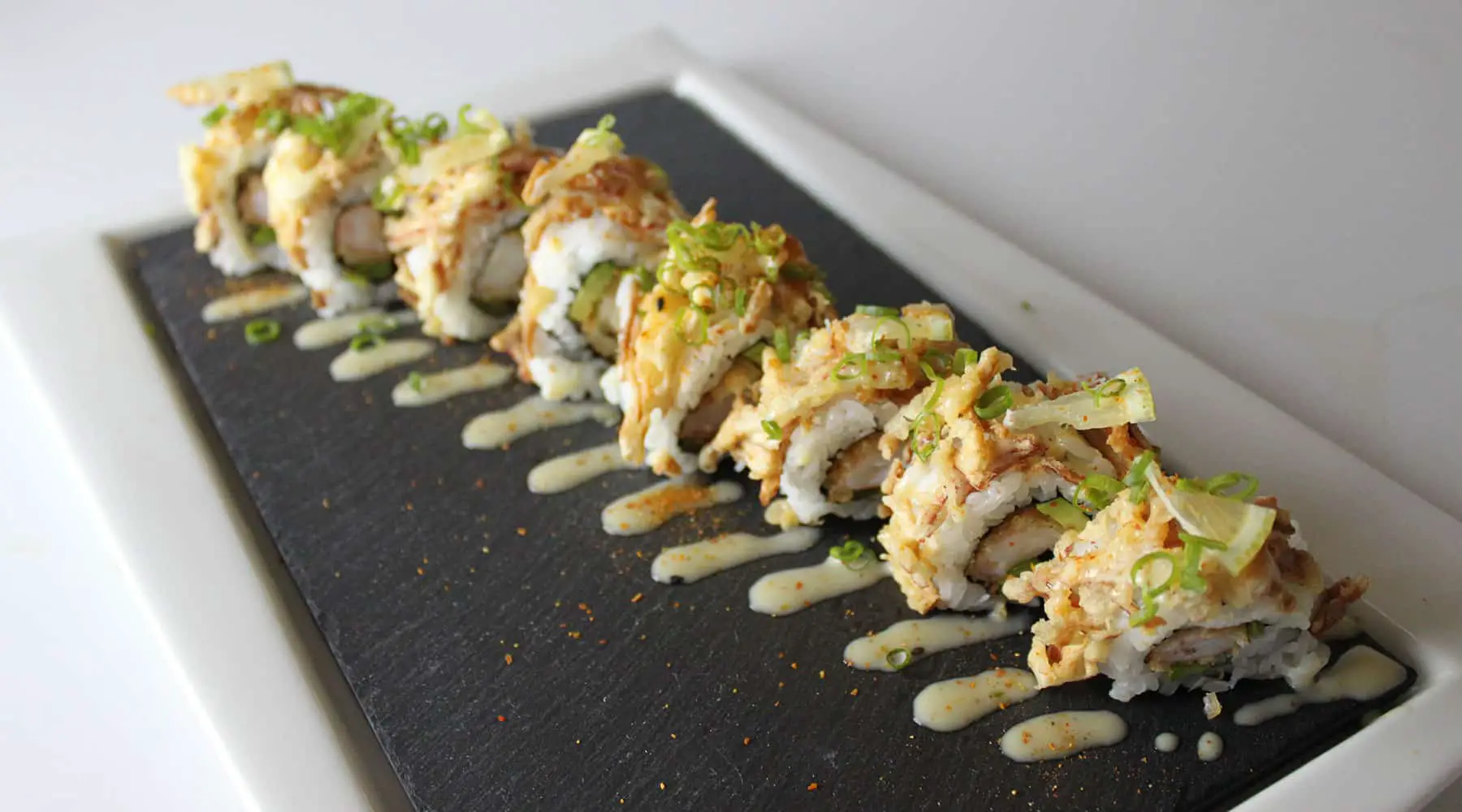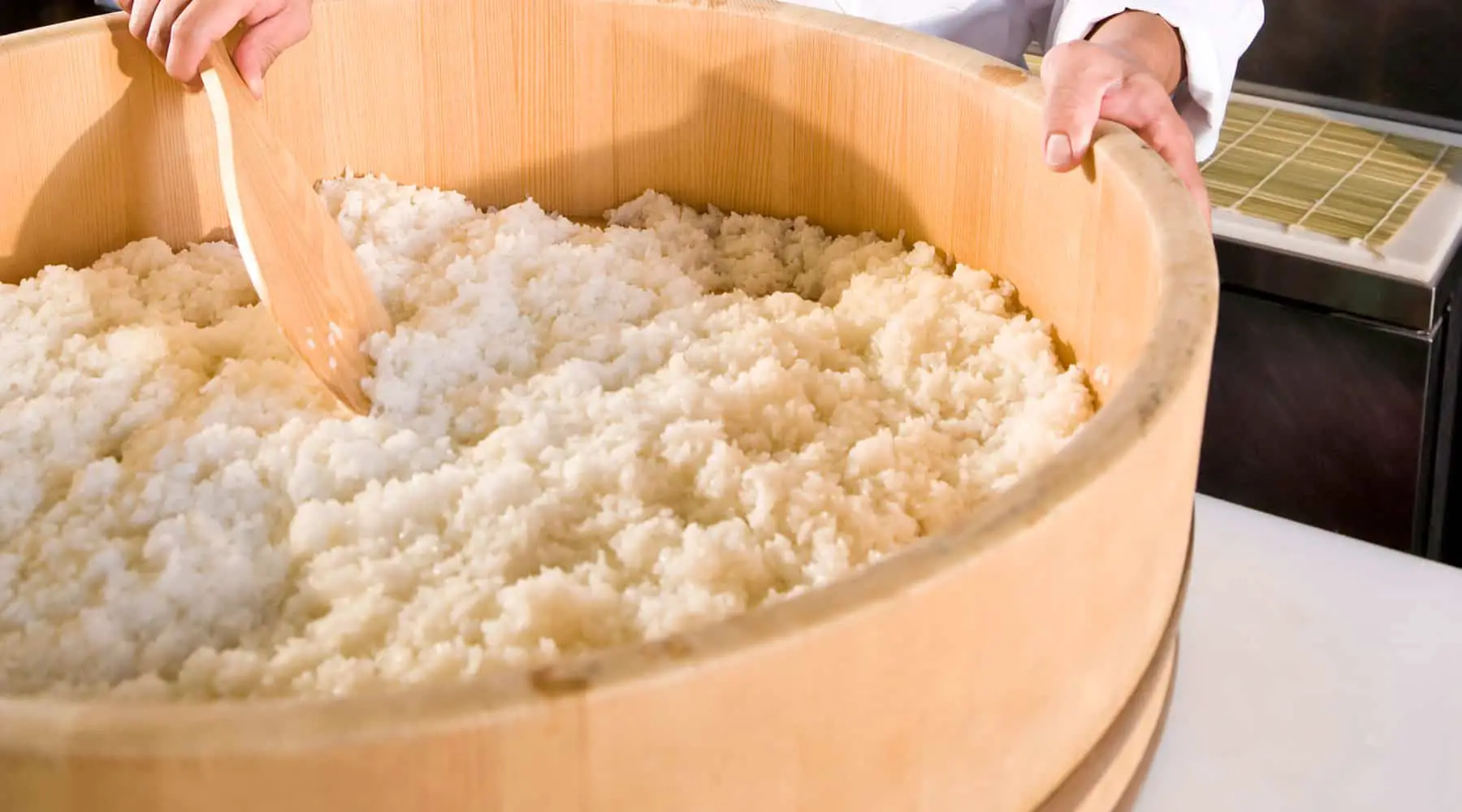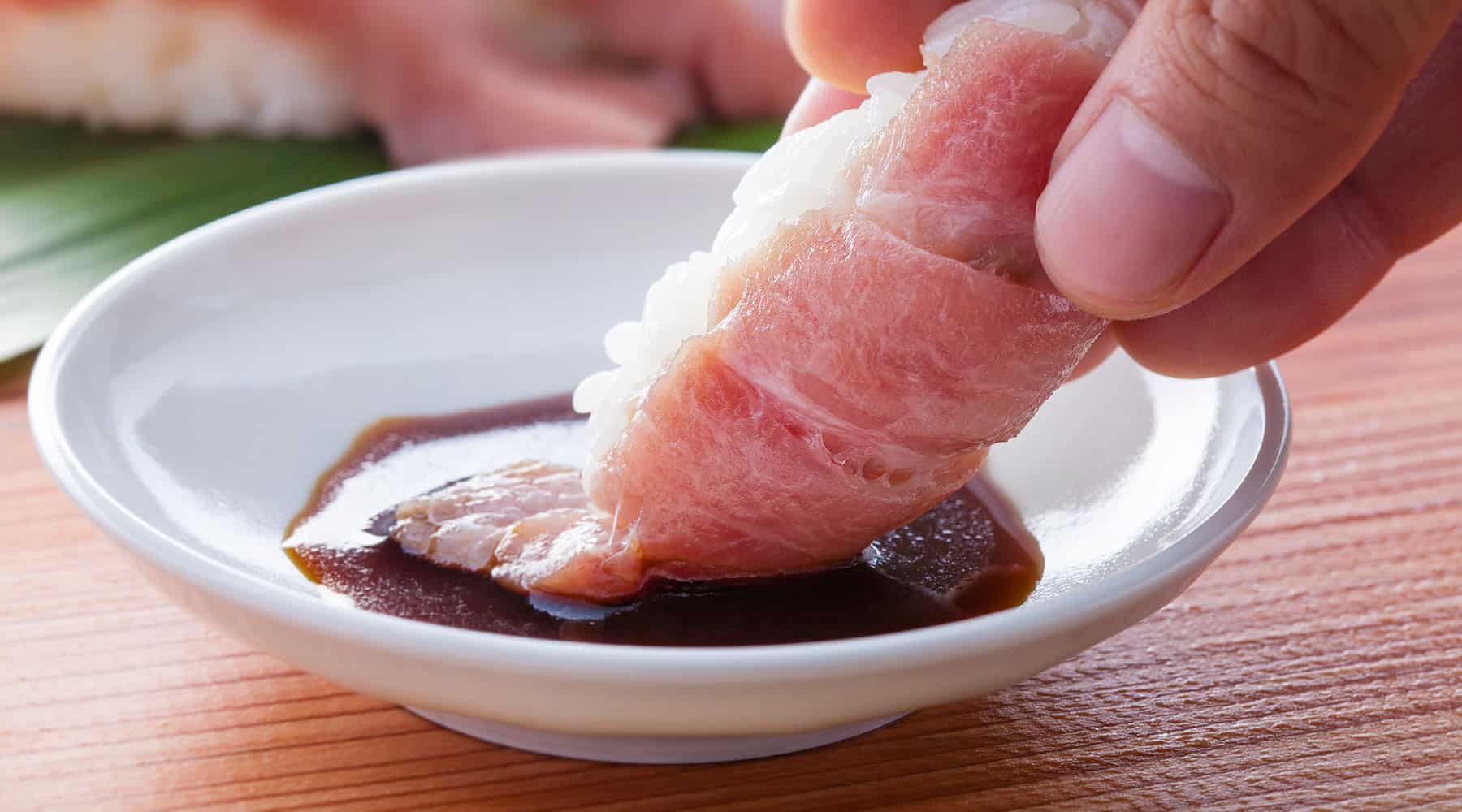“What are these little orange balls on my sushi?”
“It’s flying fish roe!” I would always say.
These little balls are also known as tobiko. They are used primarily for aesthetics. Most sushi bars use them for garnish, lite flavor, and texture.
Tobiko is slightly salty and, in large quantities, very crunchy. But these little balls are more than just appearance, they also high in vitamins and Omega-3 fatty acids!
One down side of tobiko is that they can be high in cholesterol. Fortunately for us, the standard serving size is only about 1/17th the daily value for cholesterol.
Tobiko is sometimes ordered as nigiri. This is a good example of when to use a nigiri boat! It’s not uncommon to see tokiko served with a quail egg (Uzura) on top of it.
Look at all those colors!
When I first saw tobiko I thought, “Man, that looks great! But there is so many different colors, I bet they use a lot of food dye…”
It’s true that the eggs are dyed. However, the ingredients used to dye them are very unique and organic!
- To achieve the black tobiko, manufacturers use squid ink- which is safe to eat and obviously organic.
- The red color comes from a variety of chilies- making it fairly spicy
- Orange is actually it’s natural color. No dyes or flavoring necessary
- Yellow is achieved by using Yuzu and is known to have a refreshing zest to it
- Green is made with wasabi! Look out, this flavor can get really hot!
How do YOU use them?
Honestly, I’m not a huge fan of tobiko in large quantities- so I always use them sparingly. Here are a couple of examples of how you can use them at home!
- I love to add about a pea-sized amount to the top of each piece of my maki. This is add a little bit of crunch without compromising the flavor.
- Tobiko makes an awesome garnish. With so many different colors- the sky is the limit!
- If you have a lot of toppings on your roll, tobiko works great for putting it directly on the rice (before you roll all of the ingredients up). Using multiple colors can also make for some neat designs. Get creative!
Here’s a tip:
Most markets will sell flying fish roe in rather large quantities. As a home sushi chef, you won’t need a lot for what you’re doing. I tend to buy the larger quantity and freeze whatever I don’t use! These little guys can last up to 3 months in your freezer without any problems.
Whenever you want to use the tobiko again pull it out of the freezer, use a spoon to portion out the amount you will need into a bowl, thaw it, and put the rest back in the freezer.
This will give you the most bang for your buck!



